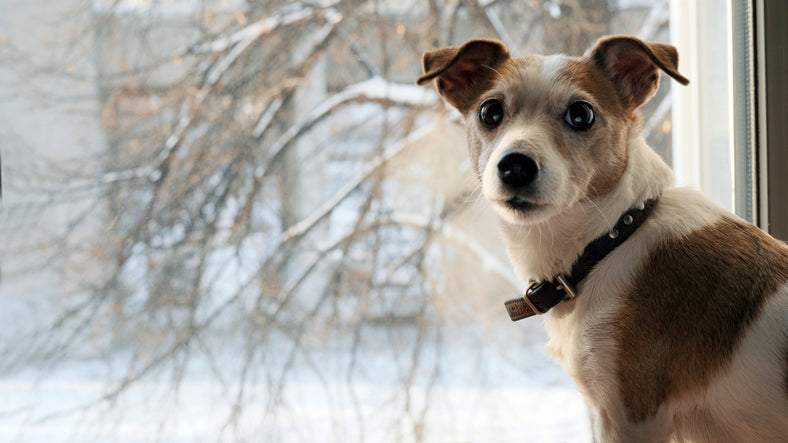Cold temperatures can sometimes cause health issues in both dogs and humans. Not only can you get a cold more easily, but you can also catch a virus in some spaces that haven't been aired in a while. The situation is similar for dogs too. However, they are at risk of some other health conditions that you'd rather avoid such as hypothermia or frostbite.
If you have a small breed dog, a very young dog or a very old dog, you should know that they might suffer more from cold weather than other dogs. These dogs are also more prone to hypothermia, a condition of rapid surface loss of body heat, which can occur in low temperatures.
If you see a dog shivering in the cold, remember that he is most likely having mild hypothermia which can lead to riskier stages of this condition and potentially end up in a coma. When a dog starts having difficulty breathing, it's usually an alarming sign that professional help is needed right away.
Hypothermia isn't the only risk your dog has if being left outdoors for too long. Frostbite is also a common consequence of dogs living in cold weathers without a warm shelter. It manifests through the discoloration of the affected area of skin, the coldness of the area, swelling, pain and skin ulcers.
But what happens if you find an abandoned dog or your neighbor's dog outdoors at extremely low temperature? You might want to act quickly because staying longer than just 30 minutes might cause these dangerous and painful health conditions. Contact your neighbor or provide the stray dog with a warm shelter in the hallway of your building. You might also contact some pet safety associations that will likely help you with solving the problem.
So, the best way to prevent these conditions to happen is by knowing when it is too cold for your dog to stay outdoors. Of course, the degree to which your dog might feel the cold depends on several factors: his breed size, his type of breed, and type of fur. Long-haired dogs might feel warmer on the snow than hairless or short-haired dogs. Also, Northern breeds like huskies and malamutes will endure even extremely low temperatures, while Southern or smaller breeds might feel very cold at milder temperatures.
That's why you should be aware of the temperatures considered to be safe and the ones that are considered as potentially dangerous for dogs. Check out this chart brought by Barking Royalty, and share it with your dog-owner friends.


